n the institutional reform in 2018, due to the good confidentiality work, we learned that the two sectors of culture and tourism were merged when the "two sessions" were about to be held. This was unexpected and reasonable: this is to promote cultural tourism to break through the changes. The stroke of magic.
The integration of cultural and tourism is the reorganization of the cultural system and the tourism system, and the integration of the respective development elements of the tourism under the new historical conditions. It will stimulate the new vitality of culture and tourism, and it will also bring new opportunities for contemporary aesthetic creation. Only innovation can solve the problem. At this moment when the curtain is inaugurated and innovative activities are extremely active, grasping the general trend and precise mutagenesis will simultaneously bring the people's life and national development to "poetry and the distant place" in the grand narrative of aesthetic creation.
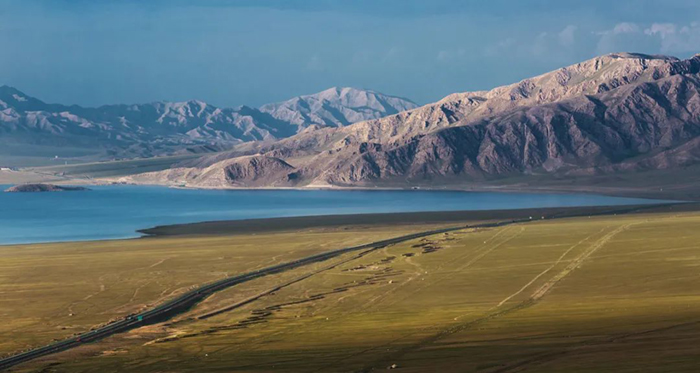
After the first stage of the physical reaction, the chemical reaction that is still taking place now, from the mutual interaction to the essential interaction, the "convergence" of culture and tourism will create an overall effect that stimulates innovation and creativity.
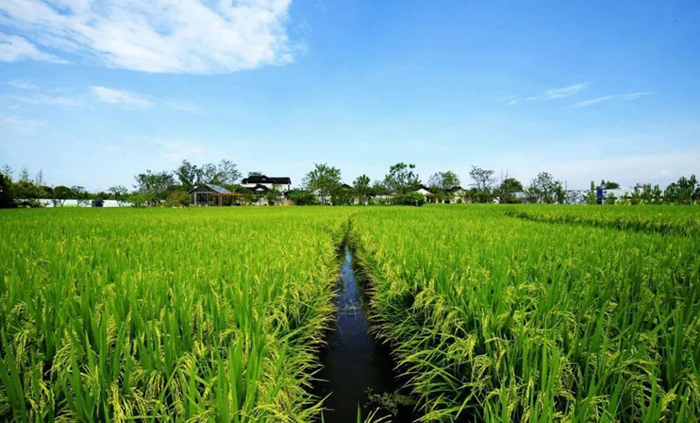
At this time, a series of new questions and new answers are needed, but what people are most concerned about is: how is innovation possible? I think the most important thing is the changes in the following three innovative tools, and they are the reform dividends of the integration and upgrading of culture and tourism:
The first is a wider interface, which is a resource bonus
In 2018, the Ministry of Culture and Tourism was established. I was transferred from the Science and Technology Department of the former Ministry of Culture to the newly established Department of Science, Technology and Education. The first external committee I received was the Ministry of Transportation to jointly implement the transportation and tourism big data project. If there is no integration of culture and tourism, I will be in the cultural department and I will never deal with the Ministry of Transportation. As the six elements of tourism, “food, lodging, travel, shopping and entertainment” is a commonplace for tourism to deal with these sectors. Next, I clearly felt that the external interface at work had increased significantly, and the ministries, associations, enterprises, institutions, schools, scientific research institutions, and financial departments that had no contact with in the past began to move. The former colleagues of the National Tourism Administration also feel the freshness of cultural work. Watching performances, exhibitions, and contacting artists are also commonplace in some departments within the ministry. They just go to the performances and exhibitions with work tasks, just like watching the teachers before the performances when they were young. The arrangement is the same as after reading an article, it is not easy at all, it is not the aesthetic enjoyment of "exceeding profit".
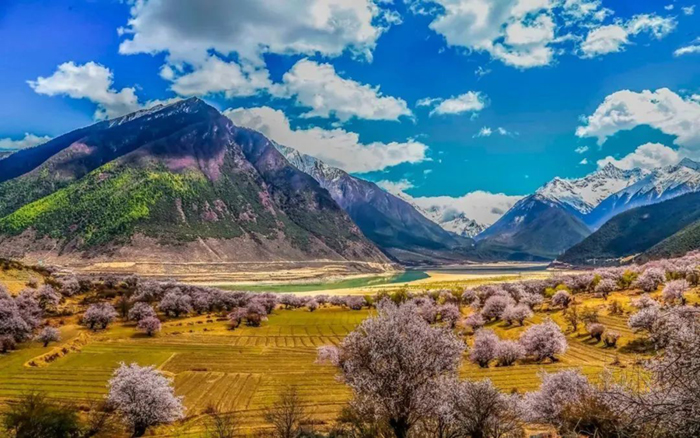
In fact, culture and tourism are inseparable, and they have long been combined in business. I remember that one year, the former Ministry of Culture held a symposium for the National Cultural Affairs Bureau in Changchun. During one noon, I took a walk with the then director of the Guangxi Cultural Affairs Bureau. He talked about doing a live performance of "Impression of the Third Sister Liu" in Yangshuo, Guilin. , The director invited Zhang Yimou. At that time, the performance market was very sluggish. Can I perform in such a biased place? The only person who felt reliable was to invite Zhang Yimou, because he had never directed opera or ballet, but he led "Turandot" by the Central Opera House and "Raise the Red Lantern" by the Central Ballet. After a while, I learned that "Impression: Third Sister Liu" was completed and the "Impression Series" appeared. Zhang Yimou has succeeded again. From now on, this is also the success of the integration of culture and tourism. However, this integration is still a spontaneous behavior and is the result of "laws."
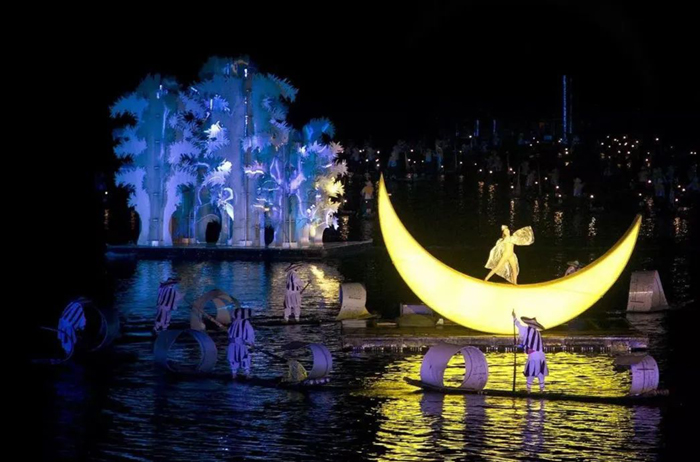
Large-scale Guilin landscape performance "Impression: Third Sister Liu"
The former Ministry of Culture and the former National Tourism Administration have long cooperated. Many years ago, they jointly issued documents to promote the development of cultural tourism, and held a national cultural tourism festival. This festival has only been held for one or two sessions, and the role of the document is relatively limited. But this was the prelude to the later integration of culture and tourism. The Ministry of Culture and Tourism was formed, and the functions of integration were clearly defined, and integration was guaranteed by the system.
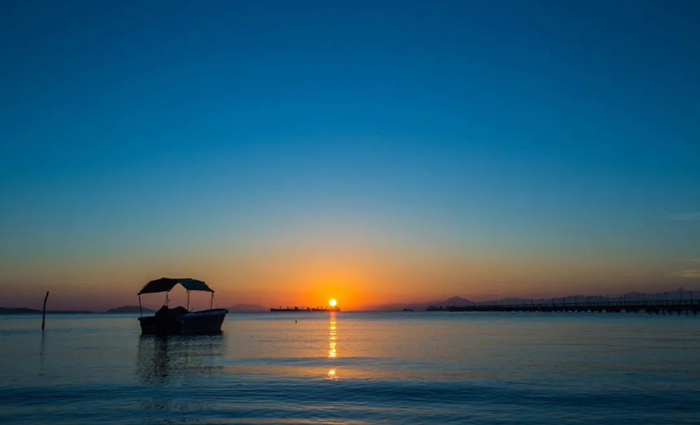
After integration, cultural tourism development has undergone two major changes in the allocation of resources: first, internal organizational changes have been realized, the core links and axis processes of work have been reshaped, chain relationships have been simplified, and the ability to call resources has been significantly enhanced; second, external The alliance is more open, based on the scope of functions, looking for new development possibilities in multiple and multi-dimensional, and the scope of resource utilization has been significantly expanded.
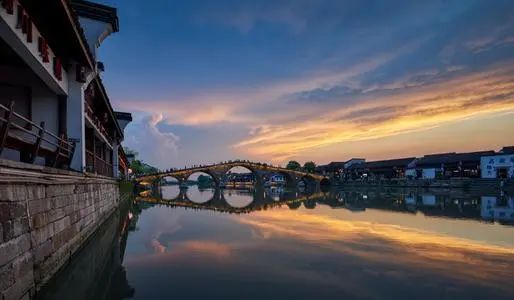
The second is more practical work, which is a system bonus
After the integration, an intuitive feeling is that the personal life world and the scope of work have greatly overlapped, unlike in the past when I went to enterprises for research, or went to public cultural service units such as cultural centers and libraries when I had time, there is culture everywhere. With tourism, we have closer and more frequent contact with the industry, and feel more at ease. In terms of work, culture and tourism are both inseparable and have their own characteristics. After the two are integrated, they will no longer be separate lines and stand alone. More, to promote the work more solidly and effectively.
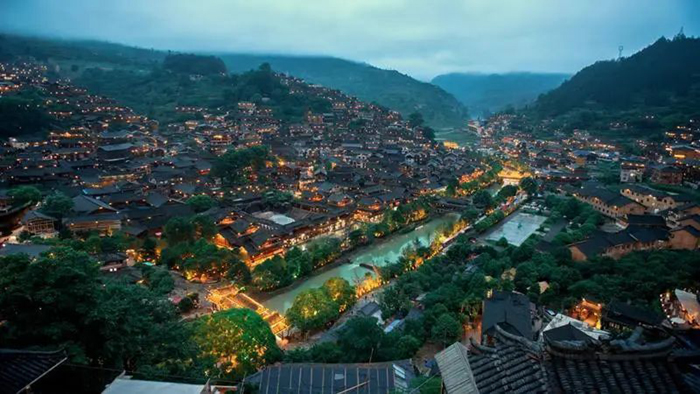
After fusion, the interactive mode of culture and tourism has changed and empowered each other. The first is the mutual cooperation in functions. The external coordination in the past has become internal coordination, and the past two things have become their own affairs, and efficiency and energy will change accordingly; the second is the mutual enrichment of policies, your past policy of developing characteristic cultural industries , My past policy of developing characteristic tourism, the two together can form a policy superimposing effect; the third is to support each other in measures, coordinate the resources of the two aspects, cooperate with each other, and work together.
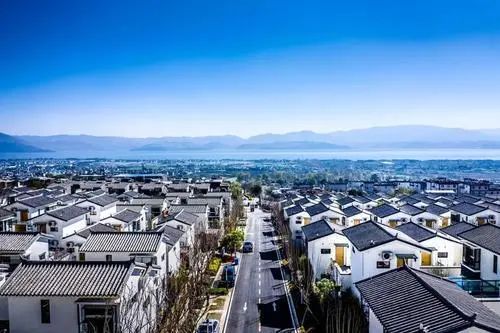
The third is a more flexible mechanism, which is an innovation bonus
"There is nothing new under the sun." New things often come from across borders. Cross-industry is one of the most important power sources in the current innovation boom, and this innovation is original and breakthrough. Schumpeter, known as the father of innovation, believes that innovation is the establishment of a new production function, that is, the recombination of production factors and production conditions. He believes that the new combination is a revolutionary change. No matter how many stagecoachs or post cars are added together, you will never get a railway.
The integration of culture and tourism is a phenomenon in all kinds of cross-borders. It is promoted by the state and combined in the system to become the most noticeable phenomenon of all kinds of integration. It should help break through the shackles of their respective boundaries, mobilize the concentration of production factors and the participation of innovative subjects, thereby opening up new spaces, creating new demands, deriving new business formats, and discovering new values.
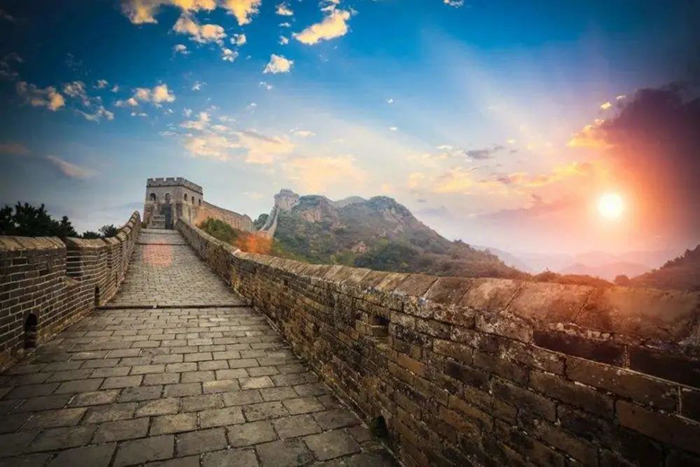
Culture and tourism share the same aesthetic spirit, but their integration is not to simply merge similar items, let alone eliminate their own characteristics, but to give play to their respective advantages. Therefore, in the process of integration, on the one hand, we must intensify efforts to achieve true, fast, deep, and coincidental, and prevent "faces and hearts"; on the other hand, we must respect and maintain the respective attributes, strengths and development of culture and tourism. law. This requires a process of practical exploration and theoretical summary.
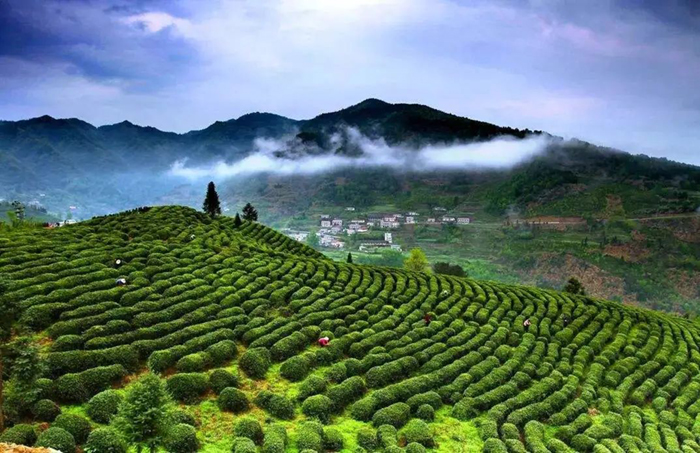
Fusion is transcendence, and transcendence itself has aesthetic significance. With such a posture, a new aesthetic realm can be opened up while opening up a new working space. I think that around integration, the advantages that need to be fully utilized are the following:
One is industry crossover
The integration of culture and tourism is not just the integration of two administrative departments, but the integration of the industries served and managed by the two administrative departments. The integration of industries is the most important integration. For example, to solve the problem of information asymmetry, to help companies realize that through the establishment of cultural and tourism departments from top to bottom, the two will become one. Both policies must be paid attention to and used well; the two aspects of public The service platform, as long as it is applicable, can be used by me; both projects can be obtained. In the process of integration, it is necessary to change tactics to achieve self-renewal, self-enrichment, and self-expansion of the industry.
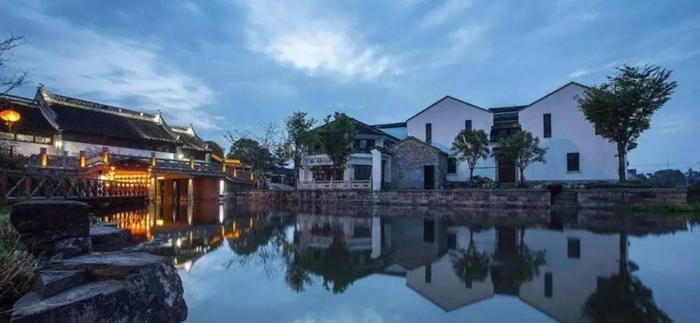
The second is interdisciplinary
Interdisciplinarity has always been an opportunity for academic innovation. Culture, art, and tourism belong to different disciplines, with different ways of thinking and expression habits. Beyond the boundaries of traditional disciplines, strengthening dialogue and collaboration will bring research and innovation vitality. Not all scholars are required to study cross-industry. Those who originally studied music, dance, and opera still have no distractions to study and only do one thing in their life, which is good. Under the current circumstances, it is indeed necessary to strengthen integrated research. Whether in terms of concepts, strategies, policies, plans, and projects, there is an urgent need to strengthen macroscopic research and specific countermeasure research, so that theoretical research and practical work can more accurately detain society pulsation. As far as researchers are concerned, if they know some of the changes brought about by integration, they will only benefit from their own professional perspective, but they will not hurt them.
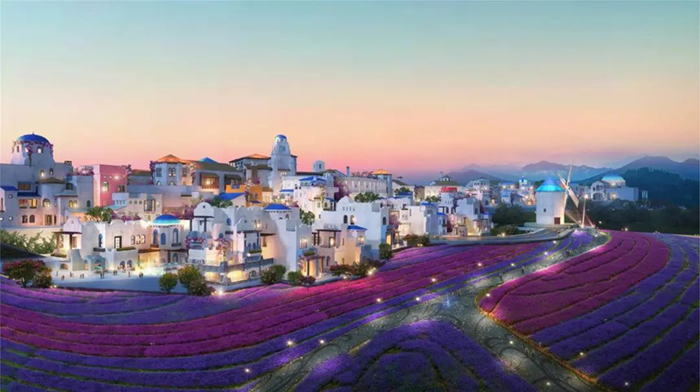
The third is industrial integration
In the integration of culture and tourism, industrial integration is first of all the integration of cultural industry and tourism industry. Broadly speaking, it should also include public cultural services and tourism services. According to the current "Classification of Culture and Related Industries" and "Classification of Tourism and Related Industries" of the National Bureau of Statistics, public services are included. The rapid development of the cultural industry in recent years is due to the continuous increase of social consumption power on the one hand, and the obvious increase in public cultural services' demand for products and services from the cultural industry. Some places do global tourism planning, and even local libraries, museums, and art galleries are not included. They can only be said to be scenic spots, which are far from the entire region.
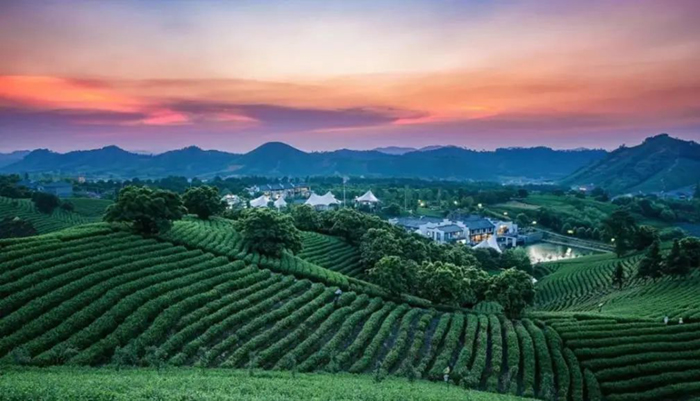
Reform and innovation is a strategic lever for the development of cultural tourism. The essence of the integration of the two departments of cultural and tourism is organizational innovation, followed by systematic innovations such as functional systems and service management. These innovations, in the end, must be reflected in the promotion of the overall development of the industry, enhancing the ability of culture and tourism to create and realize beauty. While strengthening the integration efforts, through comparison and mutual interpretation, we should give full play to their respective characteristics and advantages, develop dialectically, and form the tension of "two-person transfer". It is necessary to cherish the freshness of the initial stage of the fusion, and cherish the innovative stimulation and rhythm brought by the fusion.
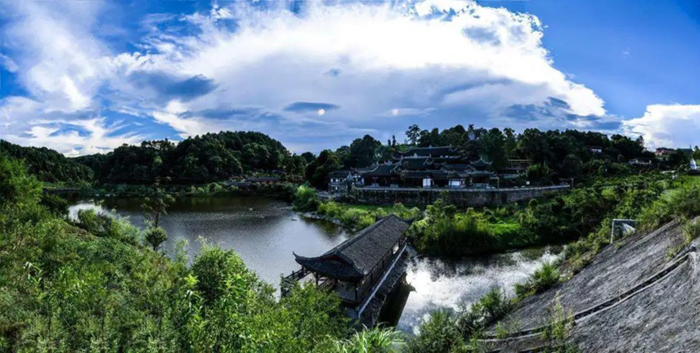
Time will eventually dull the sharp corners of innovation, and the freshness will eventually be blown away by the rain and the wind. "When the flowers are worthy of folding, you only need to fold, and don't wait for the flowers to be broken." Each generation has the responsibility of one generation. When it is time to sow the seeds, we should hurry up and sow the seeds of innovation in the ground, and don't delay the season or let the spring. Innovate and re-innovate, so that all innovative cells will be active, all aesthetic aspirations will arrive as expected, and all dreams about "Poetry and the Distance" will fall on the land of life.
Source: Institute of Cultural Industry, Renmin University of China, the picture comes from the Internet
Written by: Sun Ruofeng, Distinguished Researcher of the Institute of Cultural Industry, Renmin University of China, former Director of the Department of Science, Technology and Education, Ministry of Culture and Tourism
(This article is only used for industry exchanges and learning, not for commercial purposes. The views in the article are the author's independent views. If you accidentally infringe on the rights of third parties, please contact us and we will delete them as soon as possible.)